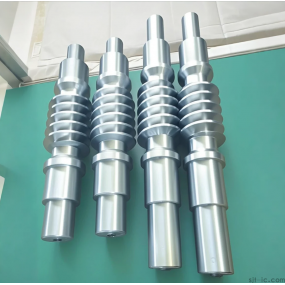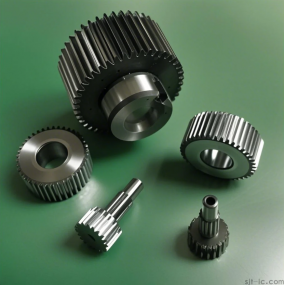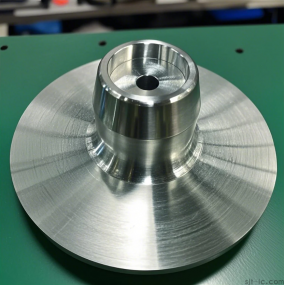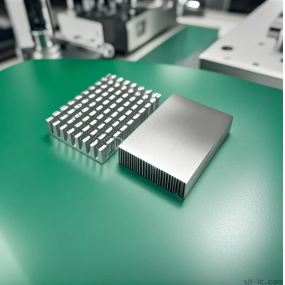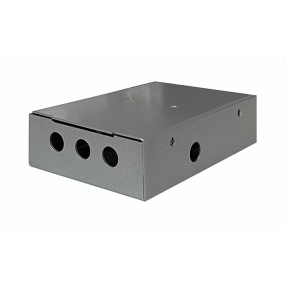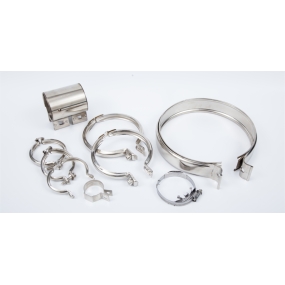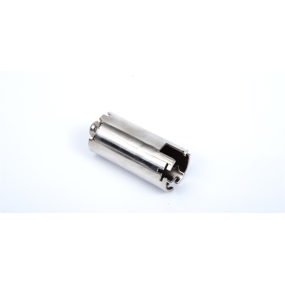Hey there, if you're a procurement manager or engineer sourcing for aerospace honeycomb structure machining, you know the headache. 😫 It's not just about finding a vendor; it's about finding one that truly understands the insane demands of aerospace—where every gram and every micron counts. A tiny mistake can lead to huge costs. So, how do you pick the right partner for this high-stakes job? Let's break it down together. 👇

What Exactly is Aerospace Honeycomb CNC Machining Anyway?
At its heart, it's about shaping those super light, super strong honeycomb panels (often made of aluminum or composites) using computer-controlled machines for use in planes and satellites. But it's way trickier than machining a solid block of metal. The core challenge? That honeycomb structure is mostly... well, air! 🫧 Without the right tools and techniques, you can easily crush the cells, tear the thin skin, or leave behind a ragged edge that's no good for flying. The goal is to get clean, precise, and damage-free parts that meet the tough specs of the aerospace world.
Why is Machining These Honeycombs So "Fragile"?
Think about trying to slice a piece of honeycomb with a regular knife. It'd probably just smash, right? The same principle applies here, but on a microscopic level.
➤ The "Crush" Problem: Downward pressure from a standard cutting tool can collapse the delicate cell walls. It's a constant battle against physics.
➤ The "Tear-Out" Headache: As the tool exits the material, it can pull and tear the thin foil or the bonded skin layer. This is a major no-no for critical components.
➤ Dust and Chips Everywhere: Machining creates fine, abrasive dust that can get trapped inside the cells. If not managed perfectly, this can affect how parts are bonded later or even interfere with sensors. The whole dust extraction setup needs to be top-notch, though I have to admit, the exact best configuration for different cell sizes can be a bit of a dark art and might depend on the specific machine shop's experience.
The Secret Sauce: Special Tools and Tricks
So, how do the pros do it? They don't use ordinary drills and cutters. They rely on specialized gear designed specifically for this lightweight combat.
✨ Diamond-Crusted Tools: Many shops use tools coated with diamond. These stay sharper longer and produce a much cleaner cut with less force.
✨ The "Cookie Cutter" Approach: For some profiles, they use what's called a plunge cutter, which shears through the material like a cookie cutter, minimizing sideways forces that cause damage.
✨ High Speeds, Light Touches: The magic formula often involves running the spindle at very high speeds (high RPM) but taking very light cuts (low feed rate). This combination helps slice the material cleanly instead of pushing it around. This approach often leads to the best surface finish.
Picking Your Manufacturing Partner: What REALLY Matters?
Okay, you know the science. Now for the real-world test. When you're evaluating a CNC machining supplier, look beyond the shiny brochure.
✅ Proven Experience (Ask for Examples!): Don't just take their word for it. Ask for case studies or photos of past work on aerospace components. A shop that's done it before has already learned from its mistakes.
✅ Their Toolbox and Tech: Do they have the special diamond-coated tools and high-speed CNC machines suited for the job? Can they explain their strategy for preventing tear-out and managing dust?
✅ Quality Control is King: In aerospace, "good enough" isn't in the vocabulary. Inquire about their inspection and quality control processes. How do they measure and guarantee that every part is perfect?
From my own dealings, I've found that the best suppliers aren't just order-takers; they act as consulting partners. They'll point out potential design issues you might have missed and suggest small tweaks that make the part easier (and cheaper) to machine without sacrificing performance. That collaborative mindset is pure gold. 🥇
That being said, while experience and the right equipment are non-negotiable, sometimes a smaller, highly specialized workshop can be more agile and attentive than a giant corporation. It's not always a straightforward choice.
A Final Thought: It's More Than Just Cutting Metal
Choosing a shop for aerospace honeycomb CNC machining is a strategic decision. You're not just buying a service; you're buying peace of mind. You're investing in a partner who ensures the parts that go into the sky are flawless. The right choice saves you from costly delays, reworks, and headaches down the line. It's one of those areas where paying a bit more for true expertise pays for itself many times over. 🛫


 Spanish
Spanish Arabic
Arabic French
French Portuguese
Portuguese Belarusian
Belarusian Japanese
Japanese Russian
Russian Malay
Malay Icelandic
Icelandic Bulgarian
Bulgarian Azerbaijani
Azerbaijani Estonian
Estonian Irish
Irish Polish
Polish Persian
Persian Boolean
Boolean Danish
Danish German
German Filipino
Filipino Finnish
Finnish Korean
Korean Dutch
Dutch Galician
Galician Catalan
Catalan Czech
Czech Croatian
Croatian Latin
Latin Latvian
Latvian Romanian
Romanian Maltese
Maltese Macedonian
Macedonian Norwegian
Norwegian Swedish
Swedish Serbian
Serbian Slovak
Slovak Slovenian
Slovenian Swahili
Swahili Thai
Thai Turkish
Turkish Welsh
Welsh Urdu
Urdu Ukrainian
Ukrainian Greek
Greek Hungarian
Hungarian Italian
Italian Yiddish
Yiddish Indonesian
Indonesian Vietnamese
Vietnamese Haitian Creole
Haitian Creole Spanish Basque
Spanish Basque

